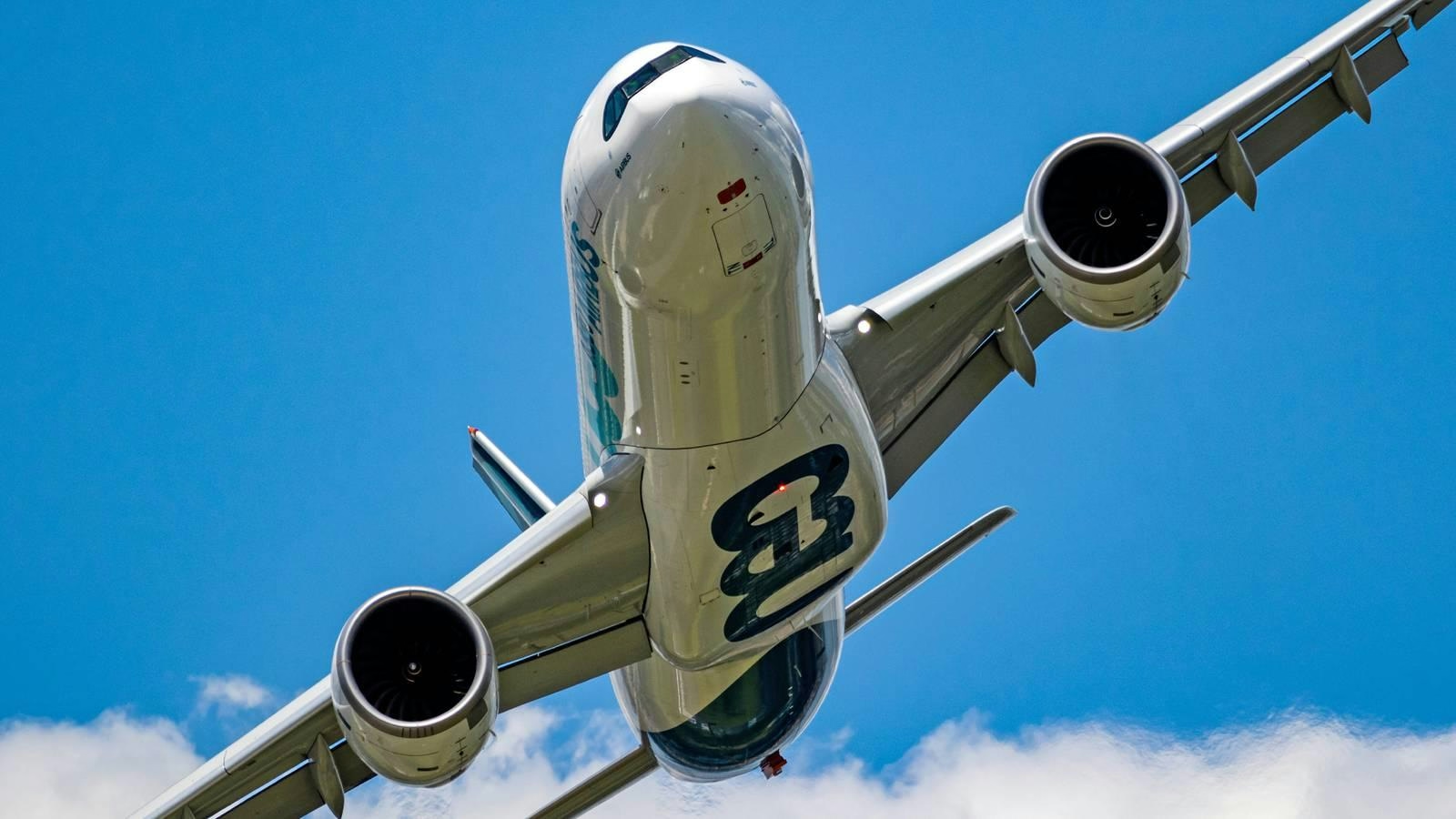
AeroGenie — Your Intelligent Copilot.
Trending
Categories
Starlink's Role in Transforming Aviation Infrastructure
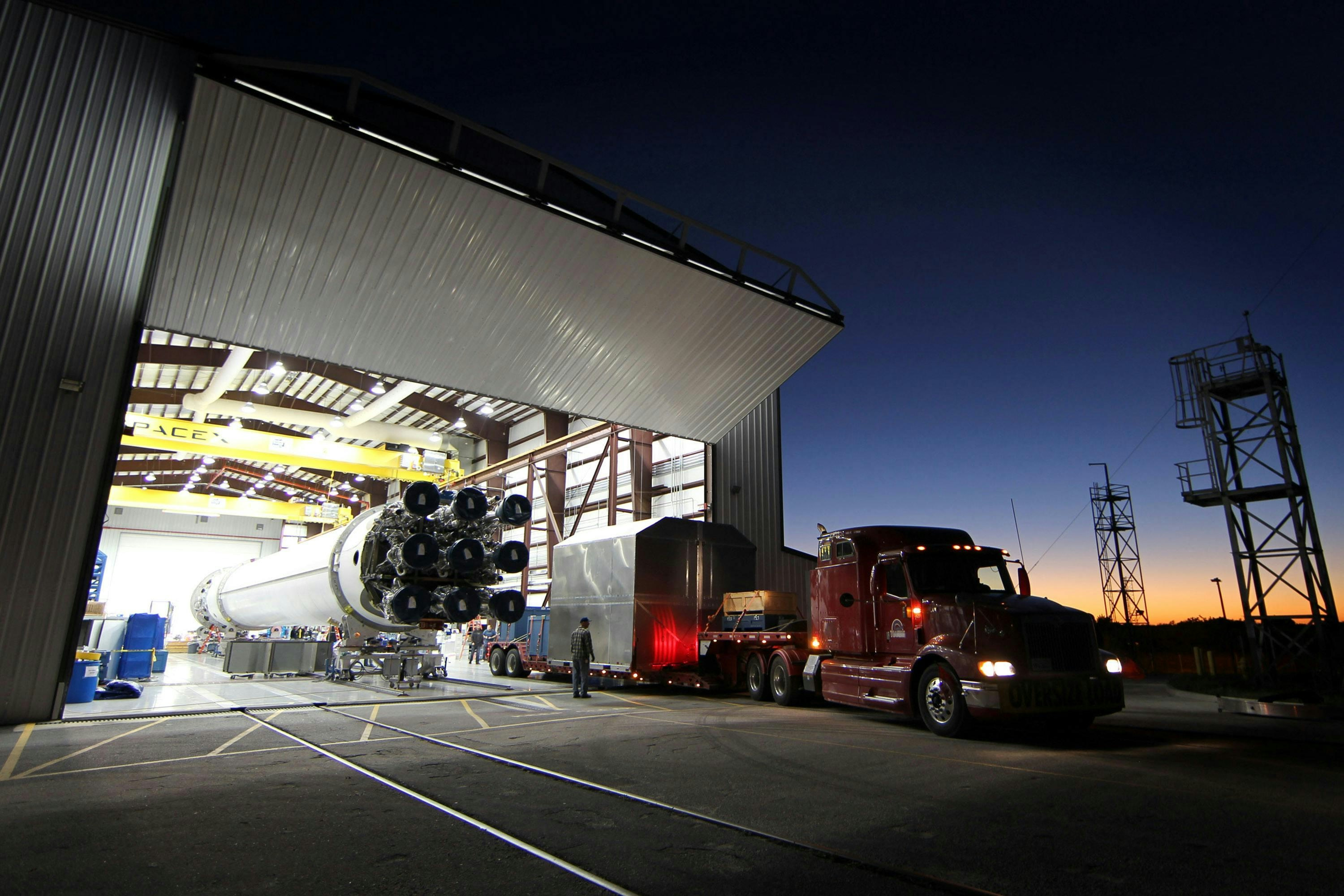
Starlink's Role in Transforming Aviation Infrastructure
The U.S. Federal Aviation Administration’s (FAA) expanded testing of Starlink represents a significant advancement in the modernization of aviation infrastructure. Traditional ground-based air traffic control systems are increasingly strained by rising demand and aging technology, prompting the exploration of alternative solutions. Starlink’s satellite network emerges as a scalable and cost-effective option, exemplifying a broader trend where technological innovation is driving regulatory evolution and opening new opportunities within the aerospace sector.
FAA’s Expanded Testing and Strategic Integration
The FAA’s current trials involve 41 Starlink connections deployed across Alaska, Oklahoma, and New Jersey, focusing on addressing critical vulnerabilities in existing systems. In Alaska, Starlink has successfully restored essential weather data for pilots operating in remote areas, while urban testing in Atlantic City is examining how the satellite network can integrate with existing fiber and wireless infrastructure. This hybrid approach suggests a future where air traffic management leverages both terrestrial and satellite technologies. The urgency of these developments is underscored by a Government Accountability Office report warning that approximately one-third of air traffic control components are unsustainable. Starlink’s low-Earth orbit (LEO) satellites, capable of downlink speeds up to one terabit per second—ten times faster than current systems—offer a promising solution to enhance reliability and capacity.
Regulatory Shifts and Market Dynamics
The FAA’s methodical approach, which includes testing Starlink alongside Verizon’s $2.4 billion fiber contract, indicates a strategic pivot toward incorporating satellite technology into national aviation infrastructure. While Verizon’s fiber network remains a critical backbone, Starlink’s early leadership in LEO broadband provides a distinct competitive advantage. Key factors driving this shift include cost efficiency, as satellite networks require fewer physical installations and lower maintenance over time; scalability, with Starlink’s modular design supporting rapid expansion aligned with the International Air Transport Association’s (IATA) projection of $9.1 trillion in global aviation growth by 2040; and disaster resilience, as satellite systems maintain connectivity during terrestrial outages.
Market responses further validate Starlink’s growing influence. The Pentagon is reportedly considering Starlink’s militarized variant, Starshield, for the U.S. Space Force’s data connectivity needs, highlighting its strategic importance. Additionally, Starlink’s disruption of rural broadband and maritime communications in the United States has solidified its market position, prompting established satellite providers to intensify their competitive efforts.
Challenges and Competitive Environment
Despite its advantages, Starlink faces notable challenges. Technical concerns include the potential for electromagnetic interference (EMI) from Ku/Ka-band transmissions, which could disrupt aviation radio frequencies. Ongoing studies by the FAA and NASA aim to mitigate these risks, but unresolved issues may delay broader deployment. Regulatory complexities and resistance from incumbent satellite communication providers add further obstacles.
Competition in the satellite communications arena remains intense. Verizon’s entrenched fiber infrastructure, Amazon’s Project Kuiper with plans for 3,236 satellites, and OneWeb’s global network all represent credible rivals. In the maritime sector, where Starlink has already made significant inroads, competitors are responding with increased investment and innovation. Nevertheless, with a user base exceeding five million worldwide and approval for 25 annual Starship launches, Starlink maintains a commanding lead in the LEO satellite race.
Investment Considerations
From an investment perspective, three primary areas warrant attention. Direct exposure to SpaceX (ticker: SPACE), which has seen a 22% increase year-to-date, offers the most direct benefit from Starlink’s expansion. Satellite infrastructure companies, including Harris Corporation and ground station providers such as Viasat, stand to gain from the development of hybrid terrestrial-satellite systems. Finally, aviation technology firms and airlines adopting Starlink services, such as United Airlines and aerospace suppliers like Collins Aerospace, may experience valuation growth as satellite navigation becomes increasingly integrated into aviation operations.
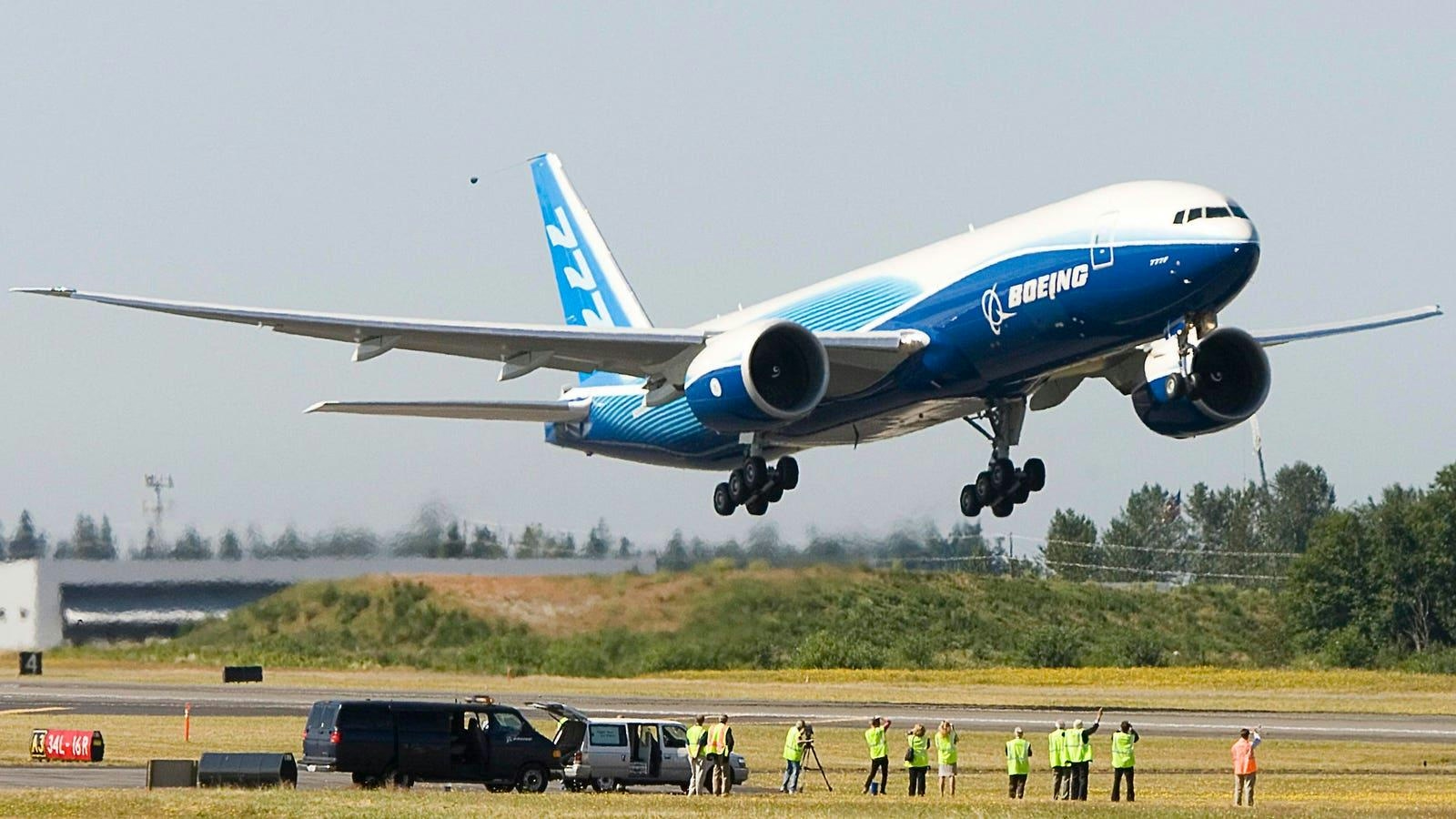
New Aircraft to Succeed the Boeing 777-200LR
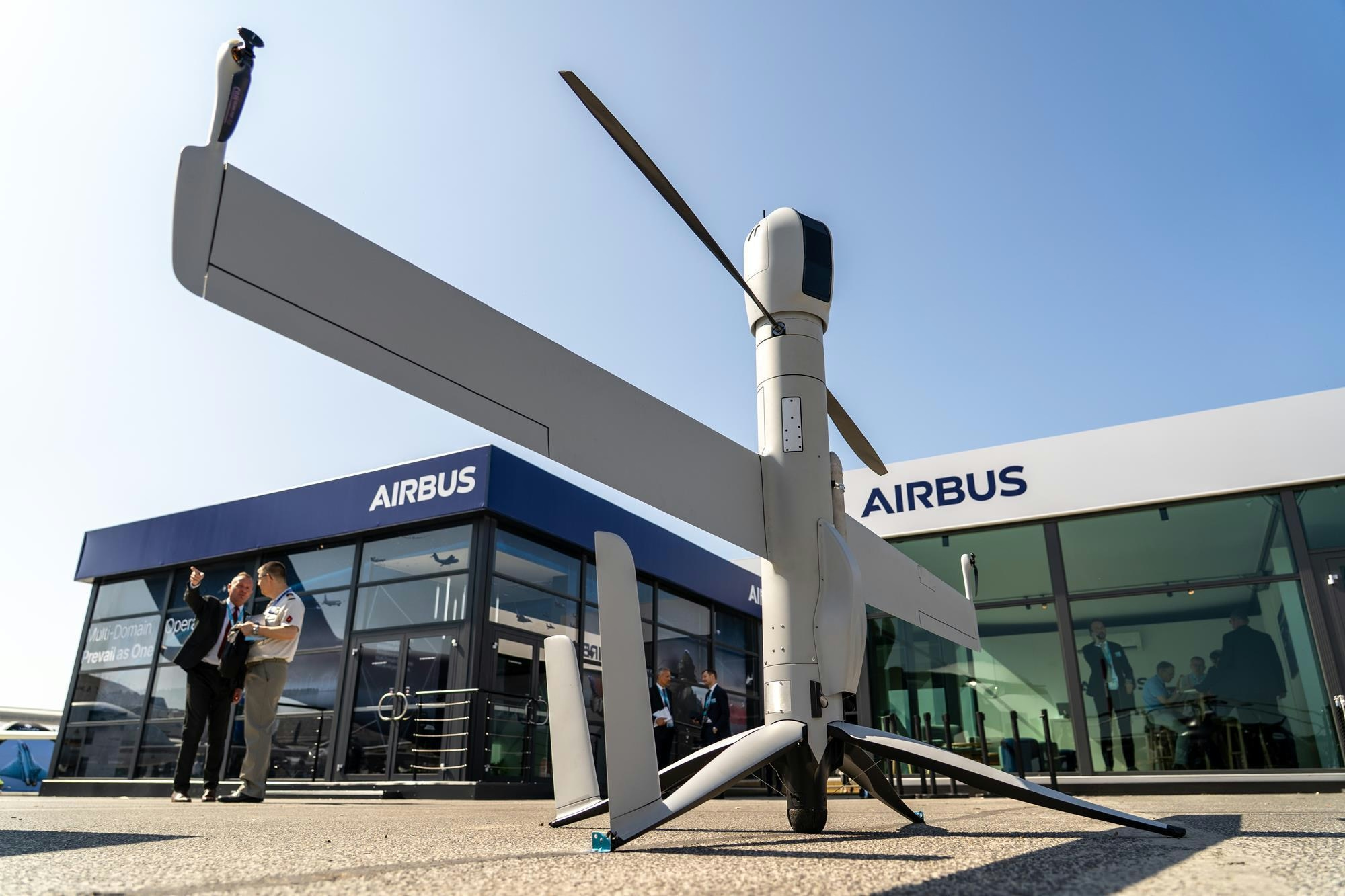
Uzbekistan Becomes First in Central Asia to Order Airbus Flexrotor Drones
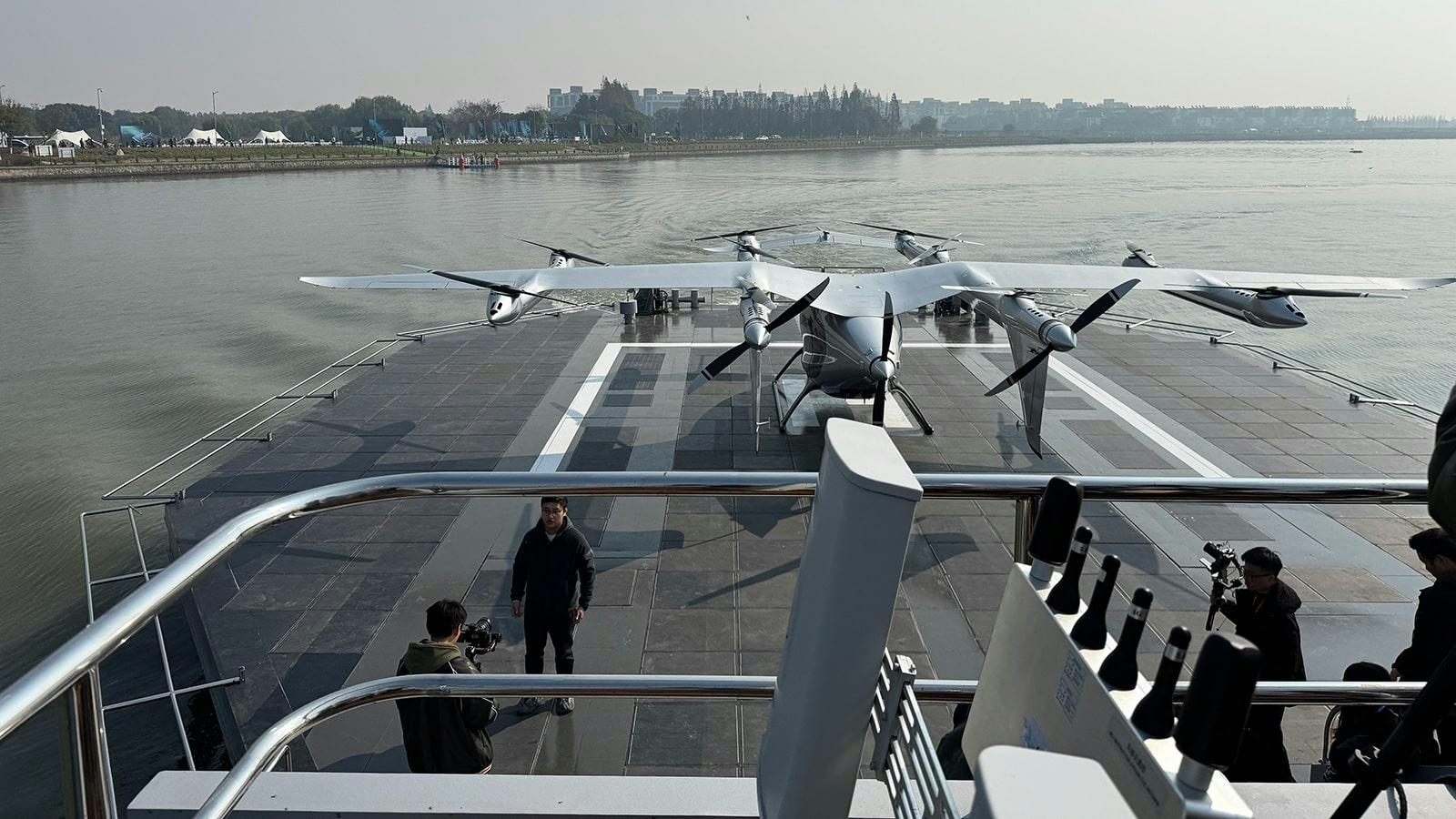
AutoFlight Unveils Zero-Carbon eVTOL Water Vertiport

SmallRig Partners with Photographer Chen Cheng to Advance Aerial Imaging

Aviation Lease Rates Hit Record High
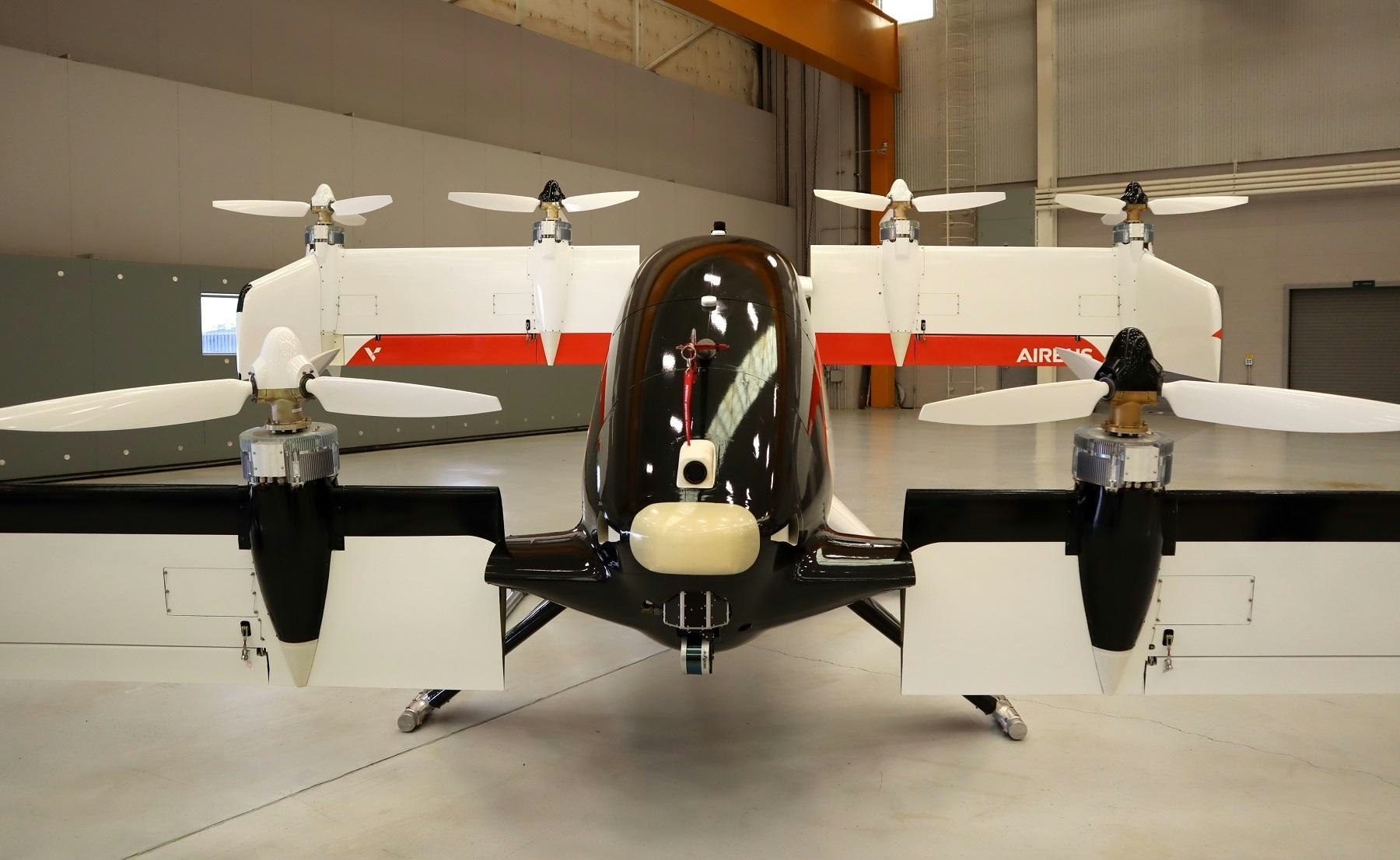
Inside a Four-Seater Flying Taxi Designed for Future Pilotless Flights
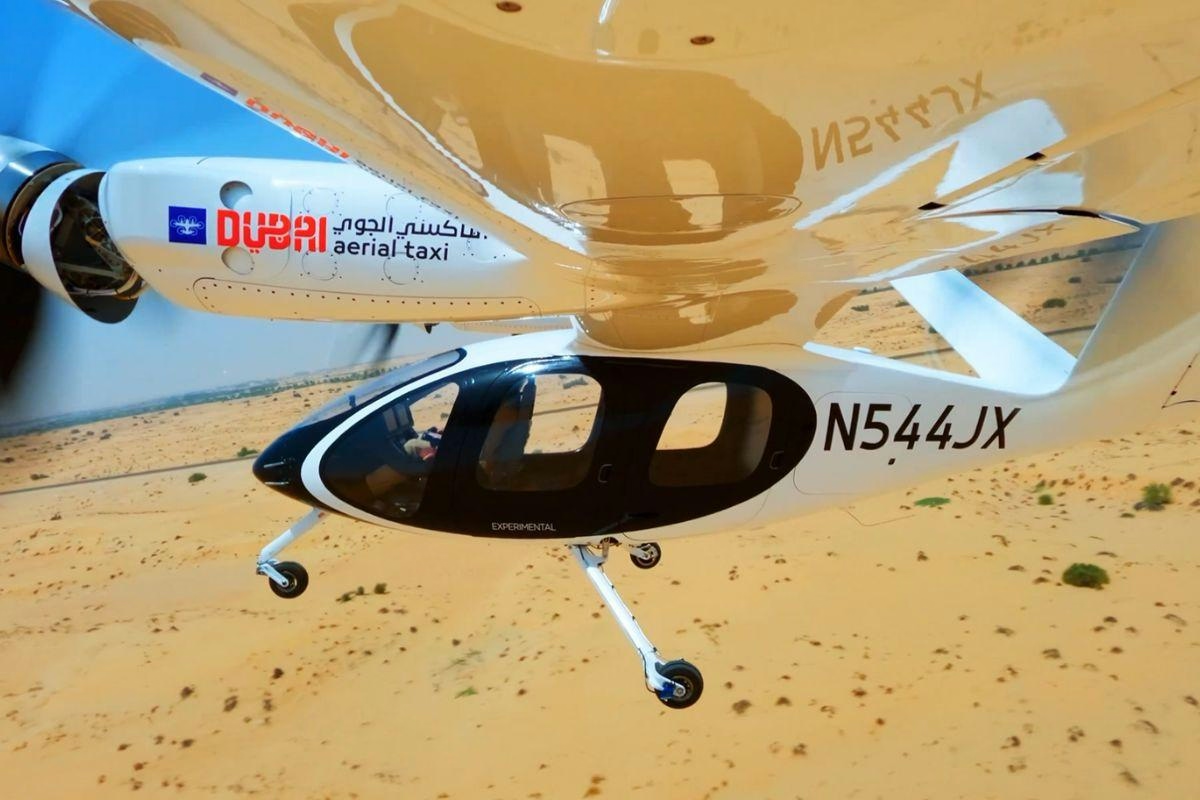
Dubai Prioritizes Public Safety Ahead of 2026 Air Taxi Launch

Emirates Airlines Unveils Major Initiatives at Dubai Airshow
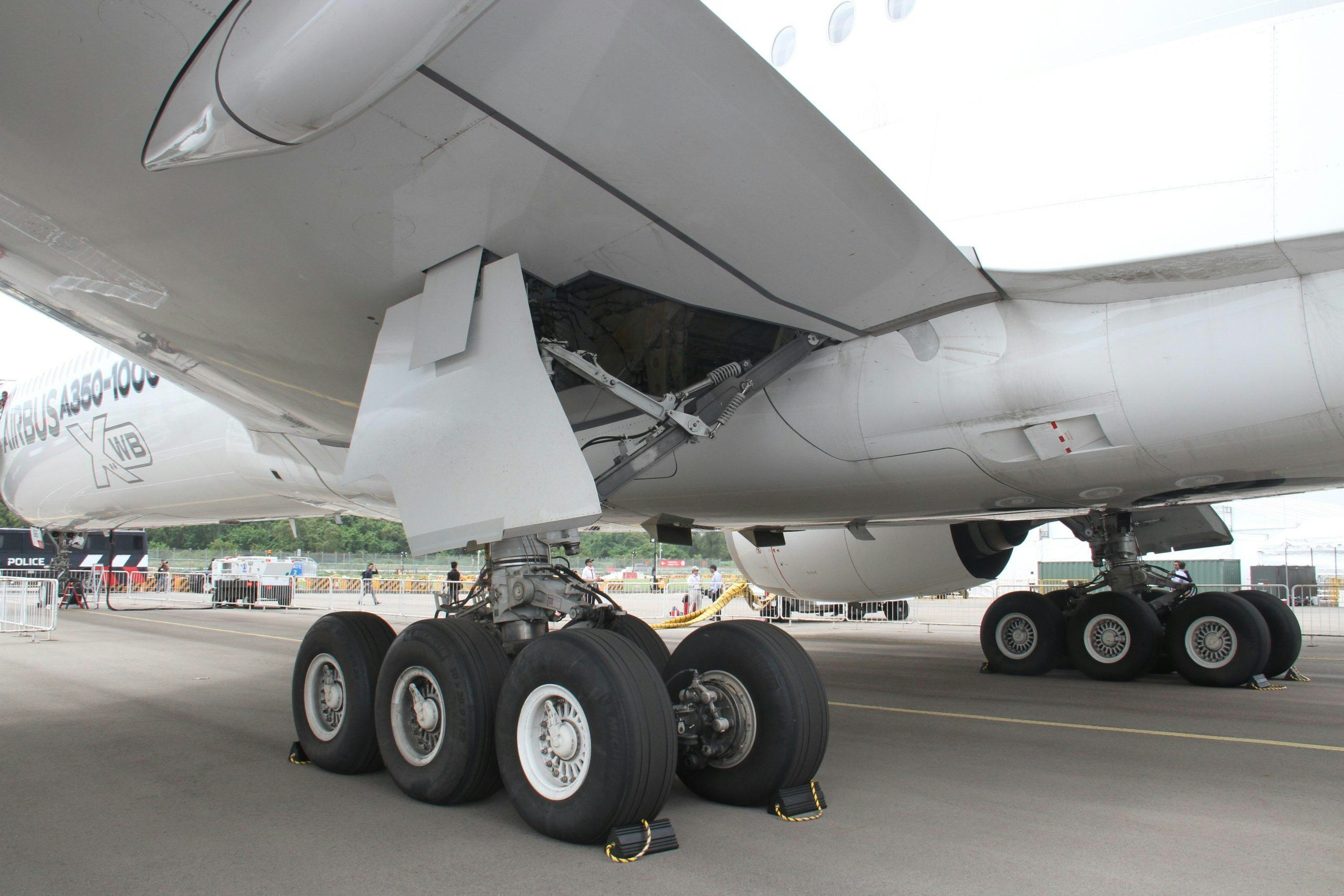
Why Airbus Markets the A350 as a Long-Range Leader
